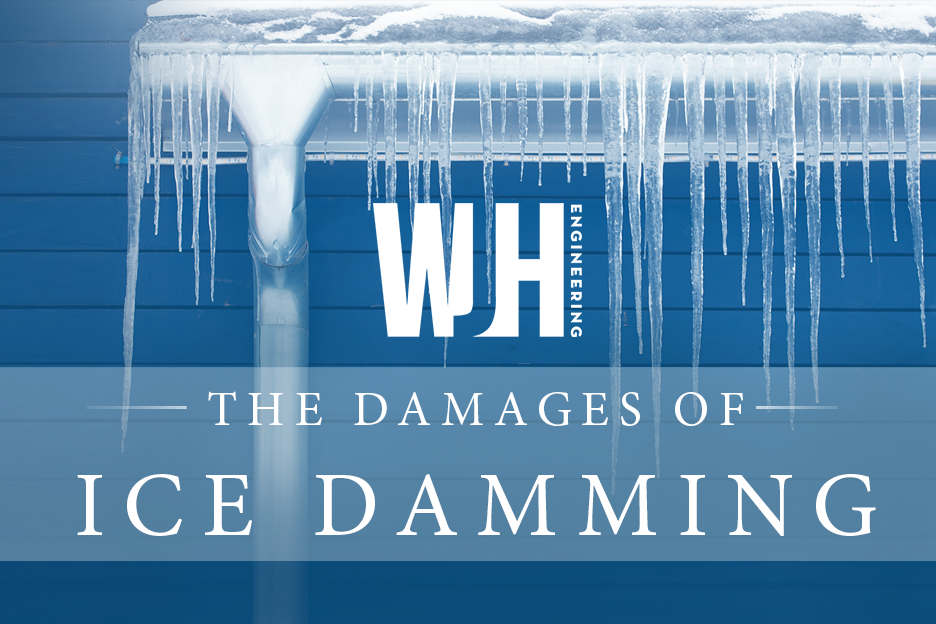What is an Ice Dam?
An ice dam is a “dam” or block of ice that forms on the edge of a building’s roof. The “dam” prevents water and snowmelt from properly draining off of the roof. This back-up of water can enter the building through various means causing building and property damage.
What Causes Ice Dams?
As heat rises in a building, it can accumulate on the underside of the upper portions of the roof. If snow has accumulated on the roof, the heat from the building will cause the snow to melt. During freezing weather, the snowmelt will travel to portions of the roof that have not been heated and will freeze due to the exterior temperature, before it reaches the roof’s drainage system (such as a gutter). This forms the “dam”. As the dam gets larger, it can even prevent rain from reaching the drainage system.
How do Ice Dams cause Damage?
As the rain or snowmelt accumulates, it pools on the roof. The water will then find cracks or openings in the roof, and travel into the building. Sometimes the damage is not obvious at first and may cause rot or deterioration of wood and/or sheetrock.
How can Ice Dams be Prevented?
Removal of accumulated snow or ice, along the lower portions of the roof, will prevent the dam- however, removal should be performed safely and carefully.
Ultimately, the best prevention is proper attic ventilation. This will aid in avoiding significant temperature differentials in the roof which causes ice dams.
How to Determine if Ice Dams have caused damage?
Call or email the experienced Forensic staff at WJH Engineering!

